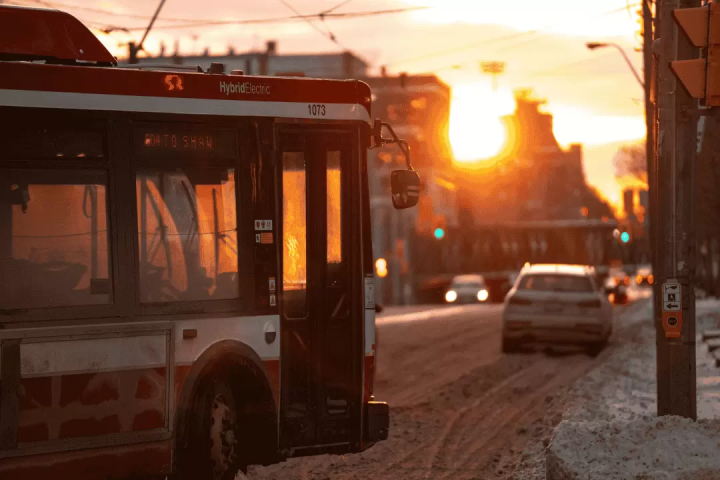How to Properly Pray at a Japanese Temple

Everyone is welcome to pray at a temple while visiting Japan. Just follow these simple steps to properly follow temple etiquette and pay your respect at this sacred site.
Prayer Etiquette at Japanese Temples
Much like shrines, temples are built in all shapes in sizes throughout Japan.
Even at temples, everyone is welcome to enter the temple grounds.
This article will introduce a step-by-step guide on the basic etiquette of praying at a temple. There are slight contrasts between praying at a Shinto shrine, so it'll be interesting to compare the differences!
Step-by-Step Guide for Praying at a Temple
1. Bow at the Sanmon (Main Gate)
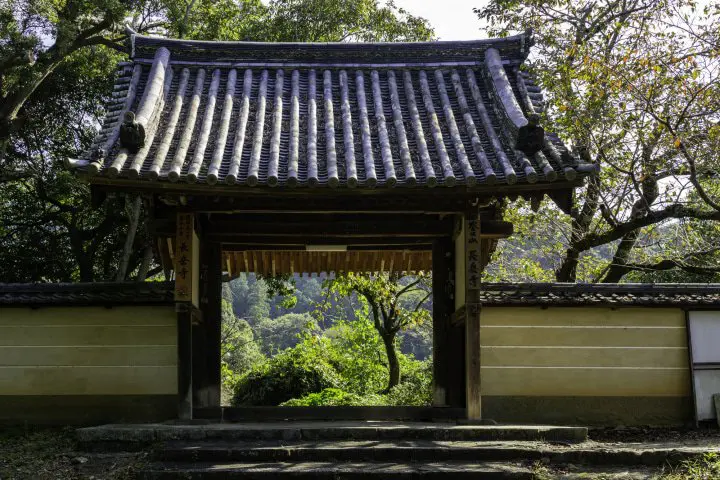
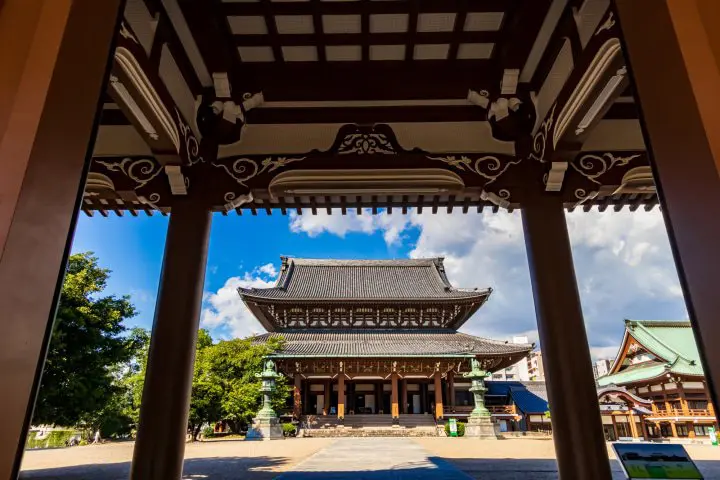
Although constructed in various shapes, the photos above are examples of a sanmon at the temple entrance. These sacred sites of worship were originally built on mountains. This is why the entrances came to be called "sanmon" or "mountain gates" in Japan.

It is customary to bow before passing through the sanmon gate. Temple-goers should bow at a 45-degree angle to show their sincerest respect.
2. Cleanse Yourself at the Chozuya (Purification Water Basin)
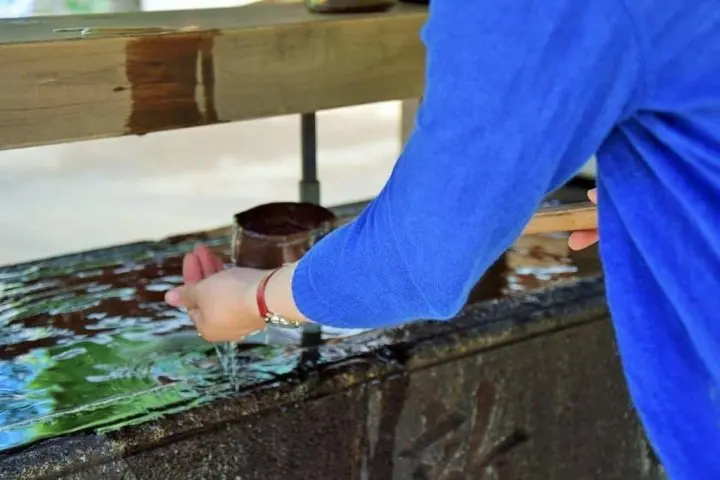
After passing through the temple gates, you will see a chozuya. This is a water basin with wooden dippers for visitors to cleanse their hands and mouths before worship.
This ritual is said to help temple-goers purify the body and mind prior to prayers.
Don't worry if you can't find one at the entranceway. Plenty of temples don't have a chozuya on the premises.
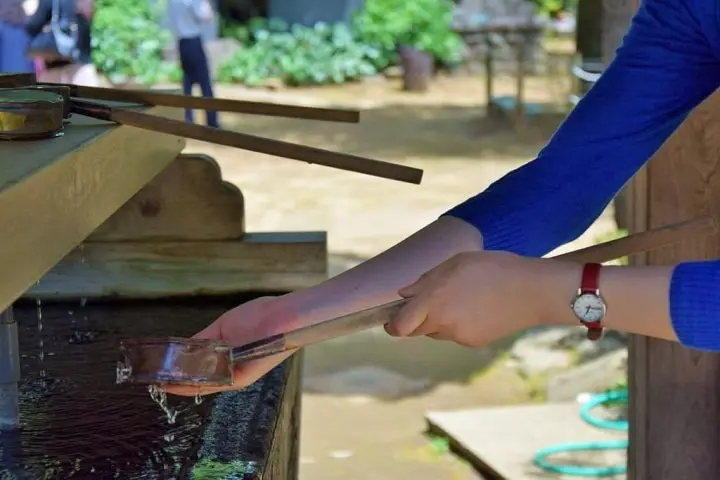
The steps to purifying oneself at a chozuya are the same as at a shrine. First, fill up the wooden dipper called a hishaku with water. Then pour the water over your left hand, followed by your right hand.
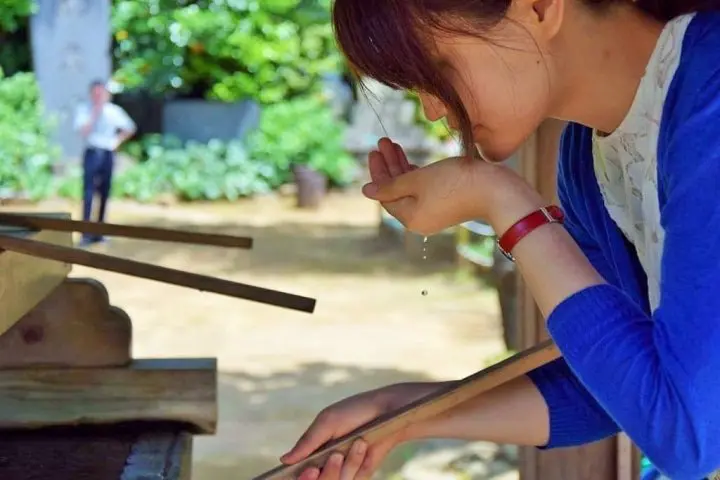
Next, cup some water in your left hand to rinse your mouth. Then wash your left hand one more time.
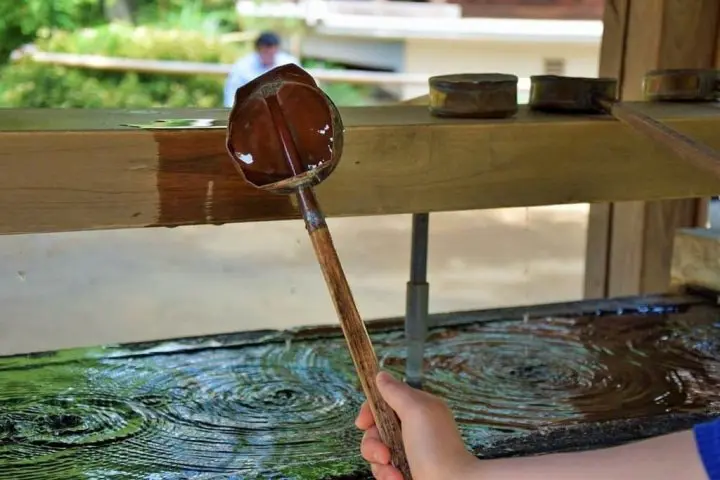
Lastly, hold the dipper in front of you and pour the water, so it flows down the handle, thereby cleansing it. Now you've completed the cleansing ritual.
3. Make an Offering in Front of the Main Building
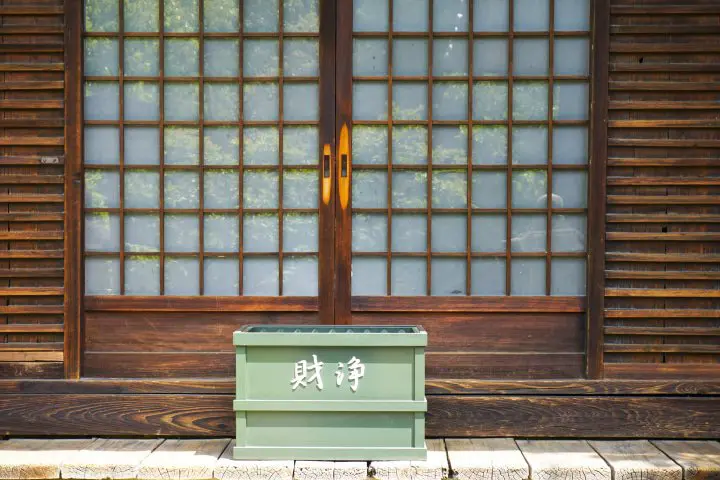
Many visitors make a money offering, or saisen, in the offertory box in front of the main temple hall. The amount of money you put in is up to you, although Japanese tend to use five-yen coins because it sounds similar to "good fortune" (or "go-en" in Japanese).
Depending on the temple, you can also ring a large bell called bonsho or light incense sticks and votive candles. These will usually cost extra.
If you're interested in ringing the temple bell or burning incense, please place your monetary donation in the offertory box before doing those activities.
4. Offer a Prayer in Front of the Main Temple Hall
Press your palms together without linking your fingers and deeply bow to offer a prayer.
It's not customary in Japan to chant while praying. Additionally, the words chanted at temples vary depending on the Buddhist sect. Please ask one of the priests if you'd like to know the correct words to chant at a particular temple.
The most important thing to note is that you don't clap your hands at a temple. This is perhaps the biggest difference between praying at a shrine and a temple.
When you've finished praying, give one more bow and exit the main area.
5. Give One Last Bow at the Sanmon Gate
When exiting the main grounds, bow once more at the sanmon (main gate).
Try Praying at a Temple by Yourself!
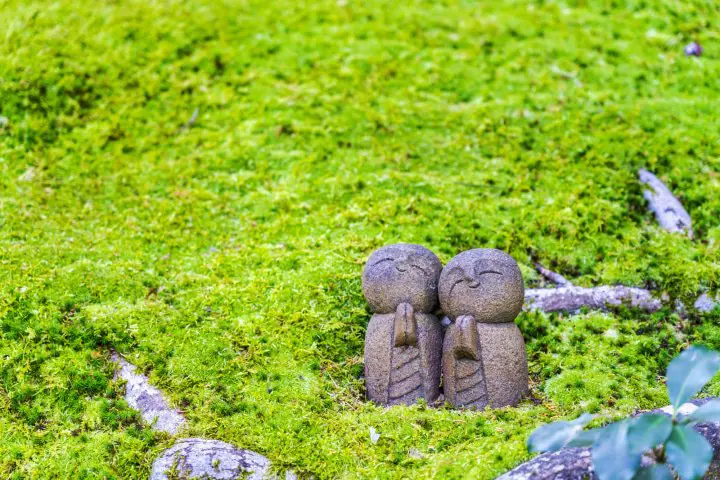
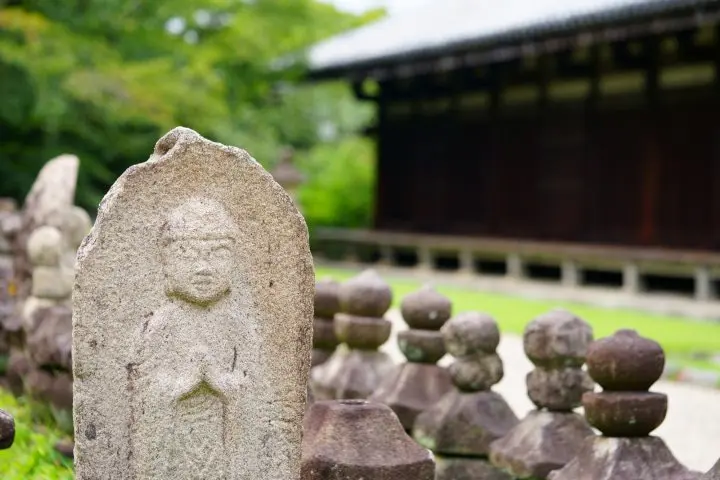
There are many things to see at temples, such as this artistic Buddhist statue of the Jizo pictured above. Simply laying eyes on these soothing sights is an adequate reason to visit.
But if you want to visit a temple all-out, try praying at them as well. It's a great way to experience authentic Japanese culture while calming the heart and finding peace of mind.
東京生まれ東京育ち東京在住の20歳。大学生をしています。動物とたわむれることと散歩をすることがとっても好きです。世界中の野生の動物に会いに行ったり、世界中の街を散歩しに行ったり、いつかできたらいいなぁ、なーんて思ってます。




































